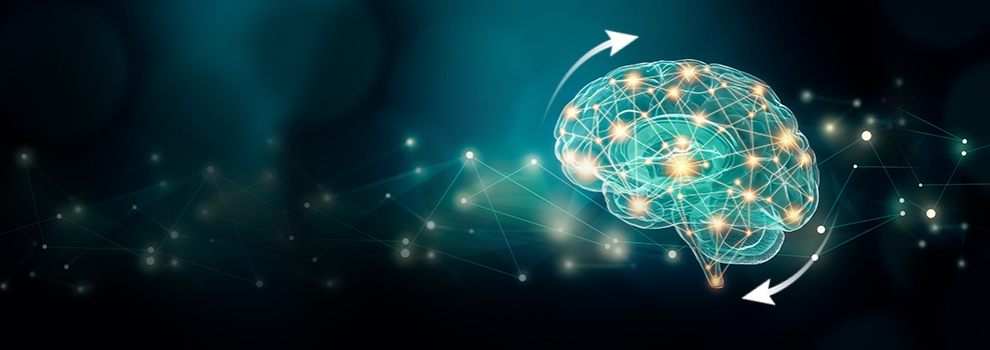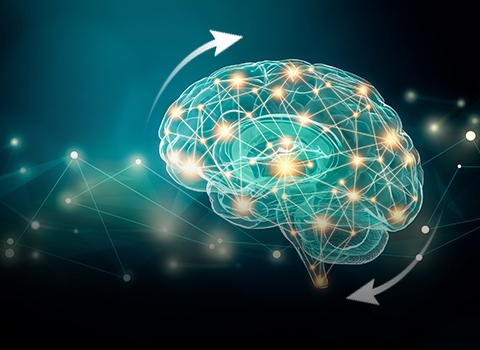Integration is the hallmark of cognition. This is true both at the neural, and at the behavioral level. Even the single action potential is above all the product of large-scale integration across multiple brain regions. The simplest, everyday behaviors (for instance remembering a face, or opening a door) are in actuality incredibly complex, supported by multiple cognitive domains such as perception, action, memory, learning, and social cognition. Our group studies those large-scale interactions, and how they support the network level synthesis of interdependent cognitive processes.
We build and test hypotheses on the relationships between behavior and network characteristics, such as functional connectivity and dynamics. We use a variety of imaging methods, such as fMRI and DTI, to examine the whole brain at once, and uncover large-scale interactions across different network nodes. This is combined with electrocortical recordings from patients, to study the effects of network dynamics. On the behavioral side, we develop more reliable and objective behavioral measures, to better characterize this link between networks and behavior. Finally, we move away from correlation and begin asking questions about causality, by directly manipulating the networks using covert neurofeedback, and then evaluating the effects on behavior.
Funding
Our research is generously supported by the Zuckerman STEM leadership program, the European Research Council (ERC), and the Israeli Science Foundation (ISF). Michal Ramot is the incumbent of the Roel C. Buck Career Development Chair.








